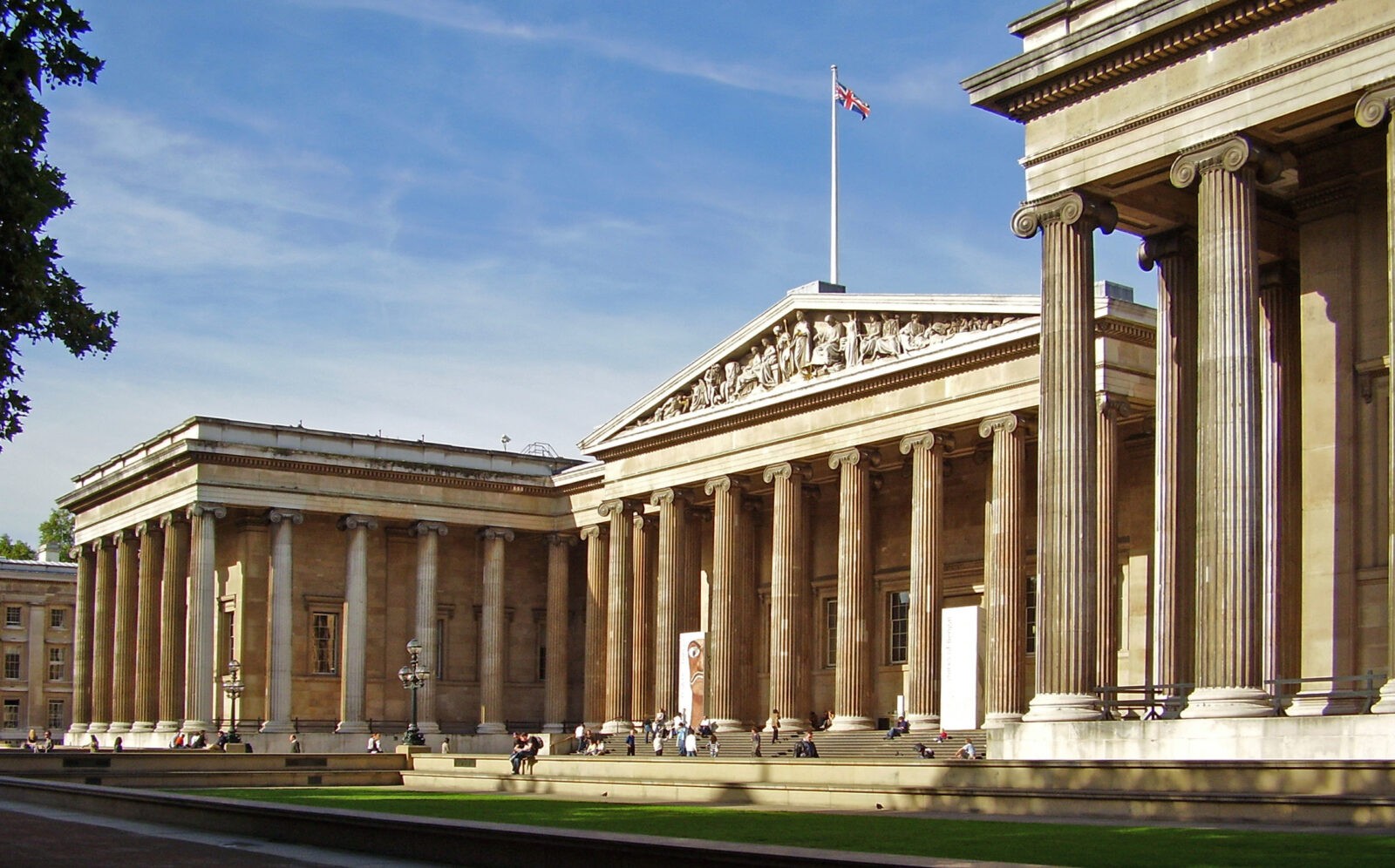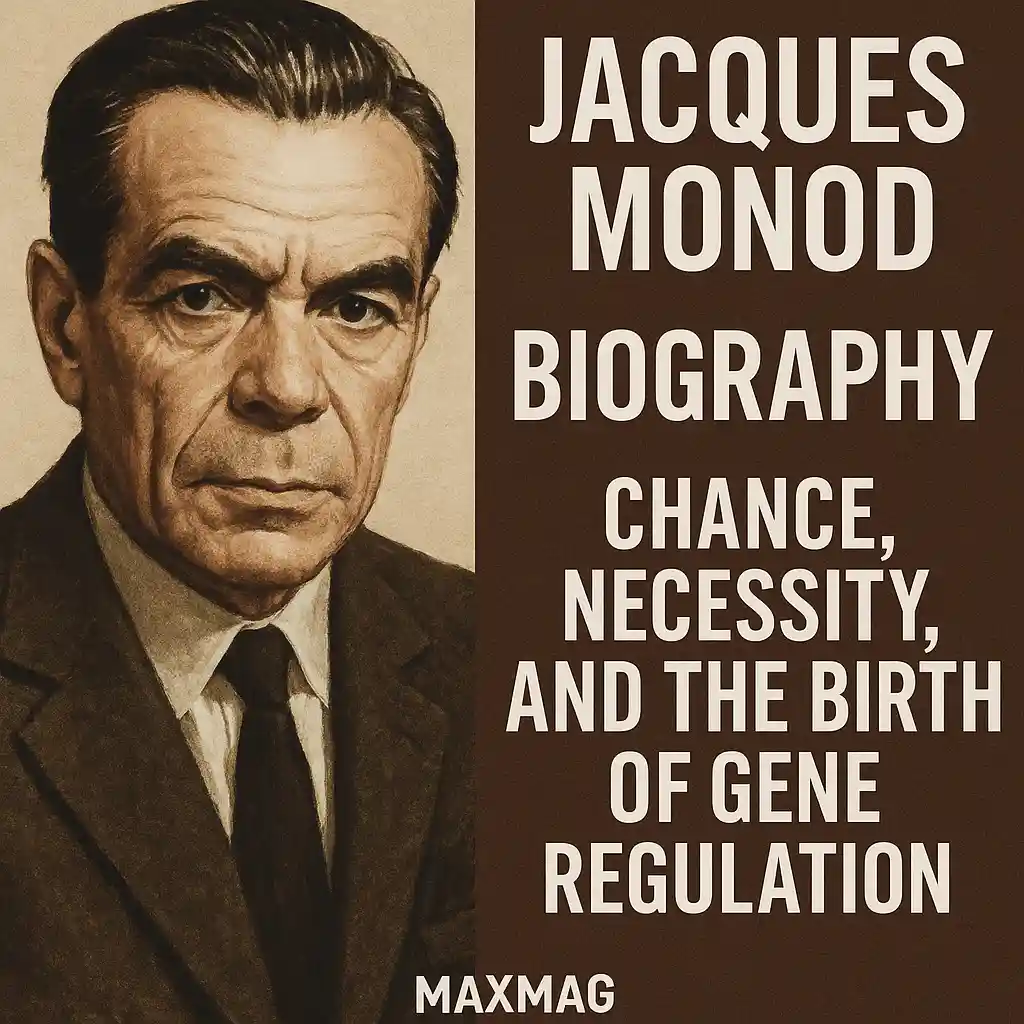
The British Museum is not just a building, nor is it simply a repository of ancient objects—it is a living chronicle of human civilization. Nestled in the heart of London, this institution has quietly witnessed revolutions in thought, empire, ethics, and education. From its quiet 18th-century beginnings to its current status as one of the most visited museums on the planet, the story of the British Museum is one of ambition, controversy, scholarship, and above all, legacy.
This detailed chronicle of British Museum history will take you far beyond the surface of its iconic colonnade. You’ll travel through centuries of collecting, building, researching, and at times, apologizing. You’ll understand why this museum is often at the center of global debates about cultural ownership—and how it continues to redefine what a modern museum should be.
1. The Origins: Enlightenment Ideals and Sir Hans Sloane
British Museum history officially begins in 1753 with an unprecedented act of philanthropy. Sir Hans Sloane, a respected physician, botanist, and avid collector, amassed over 71,000 objects in his lifetime—books, coins, antiquities, shells, fossils, and ethnographic curiosities. Sloane’s motivation was not purely academic. He wished his collection to serve as a national resource for science and education.
Sloane offered it to the British nation for a modest £20,000—a fraction of its real value—on the condition that it be kept together and made available to the public. Parliament accepted, and by the end of that year, the British Museum Act was passed. For the first time in human history, a government had established a national public museum—free of charge and open to all social classes.
This decision marked a profound ideological leap. The Enlightenment belief that knowledge should be freely shared and widely accessible was now embedded into the national infrastructure. The museum was intended to be not only a treasure trove of objects but also a cathedral of reason.
2. The First Opening: Montagu House, 1759
The first iteration of the British Museum opened to the public on January 15, 1759, in Montagu House, a stately mansion in Bloomsbury. The setting was intimate but formal: visitors had to apply for tickets and were guided in small groups by attendants. They viewed objects in silence, often by candlelight, in rooms filled with classical sculptures, manuscripts, and natural history specimens.
There was no gift shop, no café, no guided tours. The experience was designed for reflection, scholarship, and reverence.
In these early years of British Museum history, the institution’s mission was scholarly. It served as a research center for scientists, historians, and philosophers, who used its resources to produce knowledge that shaped the Enlightenment and beyond.
3. Growth, Empire, and the Smirke Building (1800s)
By the early 19th century, Montagu House could no longer contain the ever-expanding collections. The British Empire was reaching its zenith, and with every expedition, came new artifacts—sometimes as gifts, sometimes as spoils of war, often as the result of colonial extraction.
To house these growing collections, the museum commissioned architect Sir Robert Smirke to design a new building in the Greek Revival style. Construction began in 1823 and continued for decades. The result was the now-iconic façade, with 44 towering Ionic columns and a central courtyard. The Great Court would eventually be enclosed by a stunning glass roof designed by Sir Norman Foster in 2000.
This new temple of knowledge mirrored the ambitions of the empire. It was built not just to contain artifacts, but to symbolize Britain’s role as custodian of global heritage.
4. Major Acquisitions and Departments
As the museum evolved, so did the scope and specialization of its collections. It was divided into departments, each a museum unto itself:
Department of Ancient Egypt and Sudan
Boasting over 100,000 objects, this department includes mummies, statues, jewelry, and papyri. The Rosetta Stone, acquired in 1802, is its crown jewel. It allowed scholars to decode hieroglyphics, unlocking Egypt’s ancient secrets.
Department of Greece and Rome
This department includes sculptures from the Parthenon, the Temple of Artemis at Ephesus, and thousands of vases, mosaics, and coins. The Elgin Marbles, removed by Lord Elgin in the early 1800s, remain the subject of diplomatic tensions with Greece.
Department of the Middle East
Spanning ancient Mesopotamia to Islamic Persia, this department holds treasures like the Cyrus Cylinder, Assyrian reliefs, and Babylonian tablets. These offer an extraordinary glimpse into some of the world’s earliest cities, writing systems, and legal codes.
Department of Asia
This globally significant collection includes Buddhist sculptures, Chinese ceramics, Japanese armor, Indian textiles, and Southeast Asian artifacts. It illustrates the spiritual, philosophical, and artistic achievements of the East.
Department of Africa, Oceania, and the Americas
Here you’ll find Benin Bronzes, Mayan sculptures, Inuit carvings, and Maori weaponry. These items speak to indigenous traditions and highlight both the beauty and fragility of cultures impacted by colonization.
Department of Prints and Drawings
Housing works by Michelangelo, Rembrandt, Da Vinci, and Turner, this collection is a scholarly paradise of European visual history.
5. Controversy and the Legacy of Colonialism
Perhaps the most complex aspect of British Museum history is its connection to colonialism. The museum’s world-spanning collections—while undoubtedly impressive—were often obtained through coercion, war, and unequal power dynamics.
The Elgin Marbles
Removed from the Parthenon in Athens by Lord Elgin under ambiguous legal authority, the Elgin Marbles have long been a symbol of contested ownership. Greece has demanded their return since the 1980s, arguing that they are integral to Greek cultural identity.
The Benin Bronzes
Taken in a brutal punitive raid by British troops in 1897 from what is now Nigeria, the Benin Bronzes are among the most hotly debated artifacts in the museum. Several European museums have returned their shares, but the British Museum has thus far resisted.
Legal Position
The British Museum is governed by the British Museum Act of 1963, which forbids the removal or repatriation of items without an Act of Parliament. Critics argue this law is outdated, while supporters claim it protects cultural heritage for all.
The ongoing debates have led to a broader reckoning. What does it mean for one country to “own” the past of another? Should museums be places of restitution, not just preservation?
6. The Digital Age and the 21st Century
Despite its roots in the 18th century, the British Museum has not remained stagnant. It has embraced technology and international collaboration in powerful ways.
The Great Court
In 2000, the Queen Elizabeth II Great Court was opened—a two-acre space enclosed by a glass-and-steel roof that transformed the once-forgotten central courtyard into a luminous public square.
Digital Expansion
In recent years, particularly during the COVID-19 pandemic, the British Museum launched a massive digitization effort. Today, over four million objects are viewable online. Users can explore galleries through virtual tours, browse thematic exhibitions, and download research materials.
Digital storytelling has also grown. The museum now uses podcasts, augmented reality, and interactive maps to offer global users deeper engagement.
Education and Global Outreach
The British Museum partners with institutions worldwide for exhibitions, conservation, and research. From sending exhibits to small museums in Africa to collaborating with Native American tribes, it is increasingly trying to act as a global partner—not just a global authority.
7. Public Engagement and Modern Ethics
Today’s visitors come not just for relics but for dialogue. The museum regularly hosts debates on repatriation, looting, and cultural appropriation. It includes community-curated exhibitions and strives to present multiple sides of contested histories.
Recent exhibitions like “Living with Gods” and “Arctic: Culture and Climate” emphasized the lived experience of culture rather than just its remains. This shift is part of a broader movement to make museums more human, more ethical, and more responsive.
8. What the Future Holds
The future of the British Museum is uncertain—but full of potential. It must navigate a path between preservation and justice, between academic tradition and cultural restitution. Its success will depend not on what it keeps, but on what it shares—physically, digitally, and morally.
British Museum history is far from over. In fact, it may be entering its most important chapter yet.
Frequently Asked Questions (FAQs)
Q1: When and why was the British Museum founded?
The museum was founded in 1753, following Sir Hans Sloane’s donation of his vast personal collection to the nation. It was the world’s first public museum.
Q2: What are the most famous artifacts in the British Museum?
The Rosetta Stone, the Elgin Marbles, the Benin Bronzes, and the Cyrus Cylinder are among its most iconic pieces.
Q3: Why is the museum controversial?
Many of its artifacts were acquired during colonial rule, prompting demands from countries like Greece and Nigeria for their return.
Q4: Is entry to the museum really free?
Yes! General admission is completely free, though some special exhibitions may require a ticket.
Q5: How can people access the museum’s collection online?
The British Museum’s digital collection is available at britishmuseum.org, with tools for browsing, learning, and exploring objects in high-resolution.





